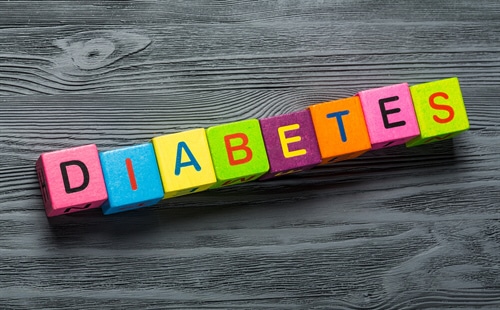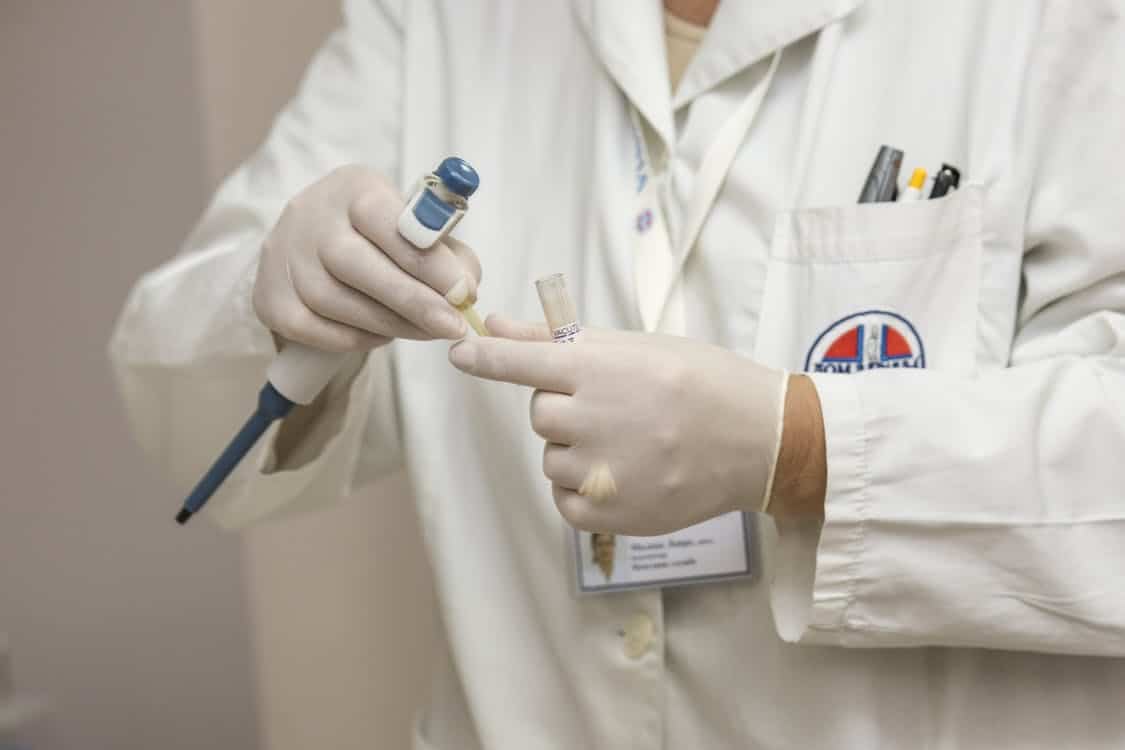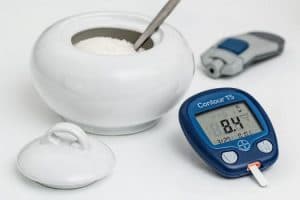The following three essays are the long version of what I have written for Medical Fitness Network (of which I am an advisory board member), an organization that is designed to educate professional and lay individuals on a variety of medical conditions/diseases, as well as to serve as a clearinghouse, of sorts, through which those with said conditions can find a professional to help them manage it. Go to http://medicalfitnessnetwork.org/
This installment is Part 1 of Diabetes and Exercise. It explains what diabetes is and gives you a better understanding, once you read Parts 2 and 3, of how exercise is critical to its management.
Diabetes is a disease of control – blood sugar control, that is.
Whenever you eat, or even smell and maybe even just think about, food, your body primes itself for the incoming nutrients in order to store them in their appropriate compartments. Thus, protein wants to get stored in muscles, fat in adipose (fat) tissue or along the nerves that run throughout our brains and bodies, and carbohydrates (carbs for short) want to get into all cells to provide quick energy for their respective operations. The pancreas, a digestive organ nestled in the area of the stomach, puts out insulin which, for simplicity sake, acts as the key to the various cells that allow entry of the nutrients into those cells. In other words, without insulin, the food you eat will have a hard time getting to where you need the nutrients that food provides. No key, no function.
That’s too simple. Really, our bodies have various back-up mechanisms to continue basic functions – of the brain and heart. For one thing, if those major organs require carbs to operate efficiently (they can use fats and proteins but only after breaking them down and reconfiguring them into carb-like substances), the body will tap into reserves. Just as when you start withdrawing money from your savings accounts, the losses will not be restored unless you are able to make further deposits. Without insulin, depositing reserves is not possible. The body, then, takes from areas of lesser need and provides for the most critical needs of the brain and heart by extracting the building blocks from other cells and reconfiguring carbs for their operations. One of the easiest, most readily-available source of these building blocks comes from muscle cells, which is where you store protein, a more available source of said building blocks.
When we eat, the insulin goes around our bodies and opens cell doors so carbs and proteins can enter them. In muscles, the proteins help make muscles stronger and bigger; the carbs provide muscles the energy they need to contract so you can move. This dynamic allows for storage of carbs for good use. But, if there are too many carbs in the food source, they can overwhelm the insulin output from the pancreas; at that point, those carbs get stored 
There are three basic types of diabetes – gestational (during pregnancy, and won’t be discussed here), Type 1 (or juvenile) and Type 2 (T2D: what used to be called adult-onset.) Obviously gestational diabetes is specific to women, and only pregnant women, so one could argue that it’s a lifestyle choice despite it being a disease of unknown origins and not truly preventable. While it can lead to Type 2 diabetes post-partum if not managed properly, in many cases the risk is diminished substantially simply by delivering the baby although the high blood sugar is dangerous for the fetus. Type 1 is the result of a pancreas that stops working properly, stops putting out insulin. The exact cause of this type is unknown; some say its viral, and there may be a genetic component, too. This type requires exogenous, or outside, insulin to be injected. And it usually strikes when kids are young or in early adulthood, so is not caused by lifestyle choices.
Type 2 diabetes (T2D) is the result not of a dysfunctional pancreas or some other aberrant response to a short-term disruption of metabolism (such as is pregnancy), but the end result of lifestyle choices that distort and disturb the body’s ability to maintain homeostasis. While there are many potential causes, for simplicity sake, overwhelming the pancreas with large amounts of foods, especially carbs, and especially simple (highly processed) carbs, on a regular and consistent basis without any additional mechanisms to use those carbs will not only keep blood sugar levels high but also risk shuttering the pancreas so it can’t work effectively. The additional mechanism by which blood sugar is managed is via muscular contractions. Remember we had mentioned earlier that muscles need carbs for fuel? Well, if the muscles take in the carbs and use them regularly, then blood sugar drops after a meal. On the other hand, if the muscles do NOT contract regularly with enough force and intensity, they become inefficient at taking the sugar from the blood stream. The insulin can’t open the keys to the cells, the cells get more clogged up so to speak and can’t use the insulin that is in the blood stream, and blood sugar levels rise.
















